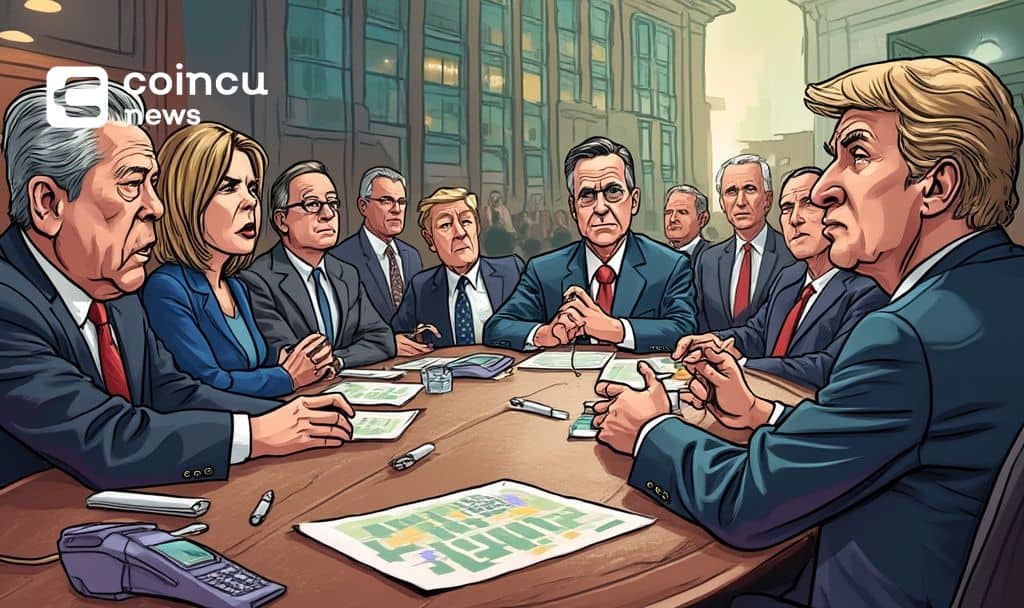Cardano price traded around $0.64 at the time of writing after falling more than 20% over the past month, while short-term data showed a 2.6% daily gain and a modest 1.2% rise for the week.
The movement came as traders assessed fresh catalysts including network milestones and institutional listings.
Cardano Price Approached Key $0.64 area
Traders tracked the $0.64 area as ADA attempted to stabilize following weeks of pressure. Buying interest appeared near that region as intraday volumes fluctuated.
Several market desks reviewed a 12-hour ADA/USDT chart to gauge whether the decline was easing.
A 12-hour chart aggregated each 12-hour stretch into one candle, which helped smooth noise and reveal trends.
Support referred to a level where buyers tended to step in after sell-offs. When that interest persisted, it often halted the slide and formed a base.
Participants looked for confirmation before calling a turn. They watched for stronger spot volume, firmer closes above short-term highs, and a sequence of higher lows.
Higher lows meant each pullback stopped above the previous dip. That structure often suggested demand absorbed supply and momentum improved.
Cardano price analysis centered on whether buyers continued to defend current levels. If the market retained interest near $0.64, traders expected conditions to stabilize and compress before any directional move.
Analysts also noted how liquidity clustered near round numbers. That behavior sometimes increased activity around well-watched zones like $0.64.
Cardano Price and Network Use After Eight Years
Cardano processed over 115 Million transactions on its mainnet. The count reflected steady use across more than eight years of operation.
Community accounts on X marked the milestone and pointed to uptime across that span. The posts framed the figure as another data point for ongoing adoption.
Since 2017, the project advanced through phases that broadened the ecosystem. The team launched the Byron era and relied on the Ouroboros Classic proof-of-stake design.
Proof-of-stake let validators lock tokens to help secure the network. That approach aimed to cut energy use while keeping finality and throughput.
Wallets such as Daedalus and Yoroi supported access and custody. Those tools helped users manage ADA and interact with applications.
On the institutional side, the ProShares Trust Index ETF added ADA. The addition placed ADA inside a product that some traditional investors tracked.
Market participants said the listing improved discoverability on familiar brokerage platforms. They also said it broadened how institutions could reference ADA in multi-asset strategies.
Cardano price coverage widened as outlets reported the ETF move and the transaction milestone. Together, those developments shaped the backdrop for near-term trading.
Cardano price set-ups often incorporate both technical and fundamental inputs. Traders compared the $0.64 level with on-chain usage and any changes in listed products.
What to Watch For In November
Traders watched whether buyers concentrated near the $0.64 area. They tracked intraday volume and looked for a firm pattern of higher lows on the 12-hour chart.
Observers followed X updates from developers, staking pools, and large holders. They paid attention to any messages that addressed throughput or performance.
They also monitored the pace of transactions after the 115 Million mark. Sustained activity often supported liquidity, which made price discovery smoother.
For the ETF angle, traders reviewed fund materials and issuer posts for changes related to ADA. They watched whether the listing persisted and how the index composition evolved.
Cardano price study remained anchored to the same simple checkpoints. Traders tracked support durability, volume behavior, and structure on medium-term charts.
If the market held firm near current levels, the case for stabilization improved. If it broke cleanly below that area, traders reassessed the structure and waited for the next base to form.
The forward view relied on signals already present on the chart and on-chain measures.
Cardano price reaction to its current range, combined with the ETF listing and steady network use, shaped that assessment without speculation or advice.
Source: https://www.thecoinrepublic.com/2025/10/24/what-cardano-price-needs-to-revive-after-20-monthly-decline/



